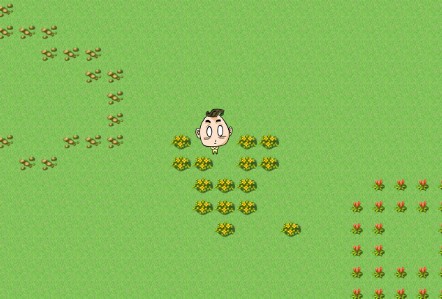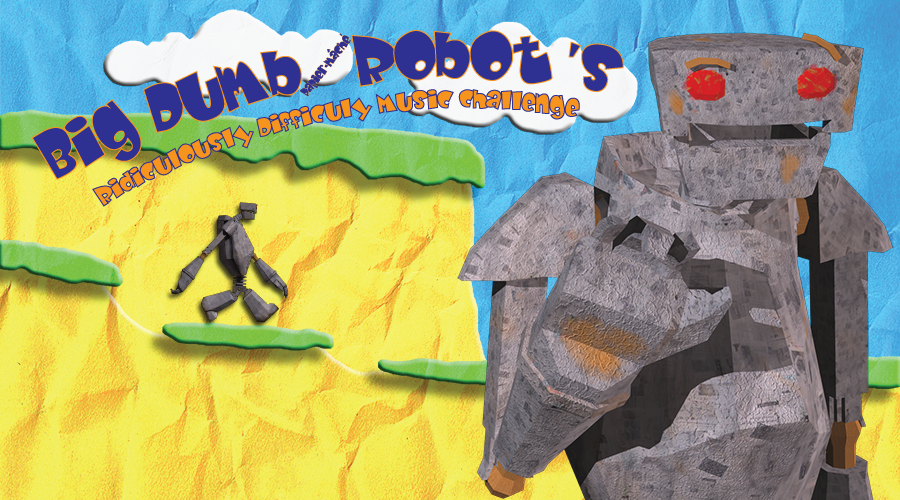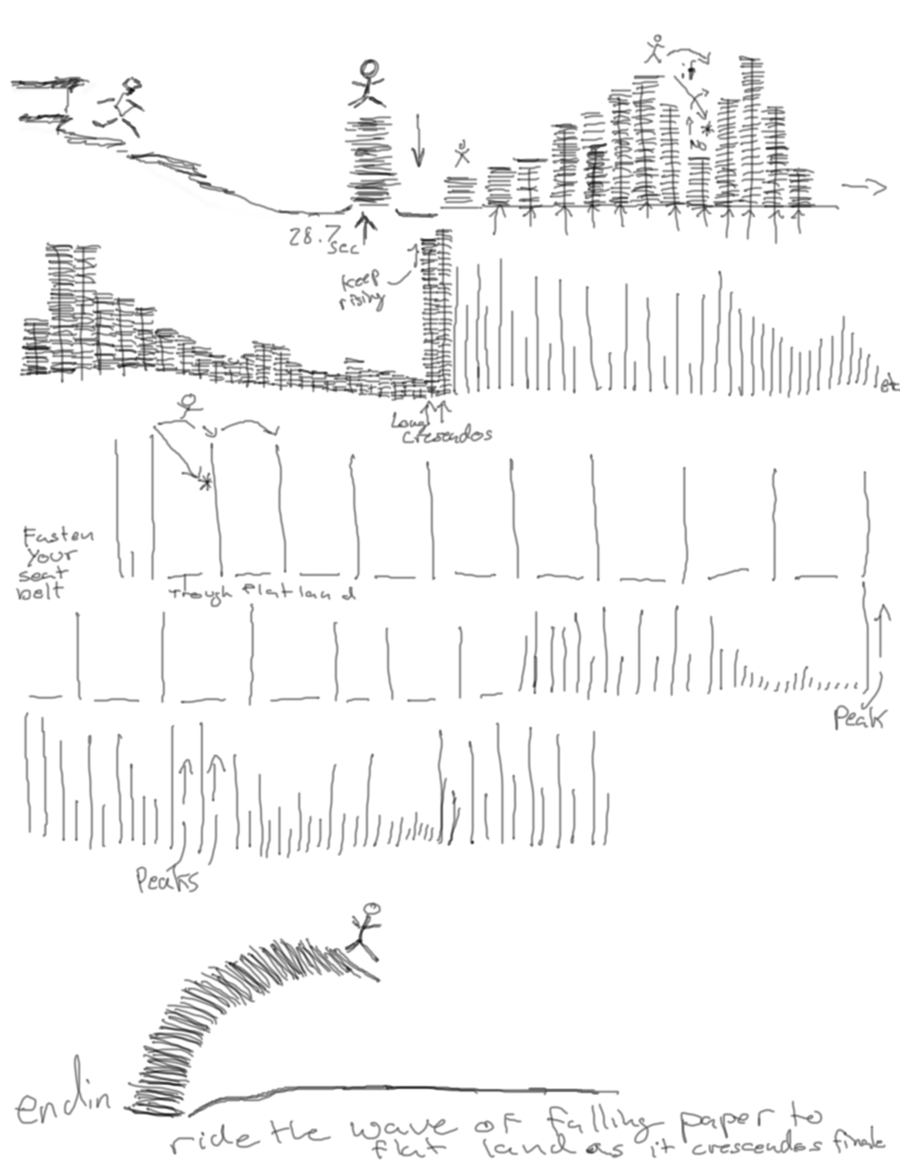I thought it was cool how experiences have become more and more dependent upon users decisions in shaping the worlds as described by “Narrative Environments” because I had never really considered the players role in what the experience becomes. The “Atopia” reading was very different in that it described different environments as “topias” and ended up confusing the crap out of me. The only bridge I managed to draw was that in “Atopia”, Vice City is described as being a world which the user does not shape in the slightest. Nothing changes, you just do things and get things, as opposed to “Second Life” from the “Narrative” reading, which is entirely shaped by the users. Quite intriguing… indubitably so…
Student Area
Readings – Transit & Narrative Environments
Transit –
I appreciate that the author pointed out the value in games in which “slow, continuous traversal becomes a fundamental aspect of gameplay.” These sorts of games offer an experience that I think is much more immersive and engaging than a game in which the scenery whizzes by. I think that the fun of Crazy Taxi does not come from the scenery/journey itself but from the actions which the player chooses to take – do you run over this person, start driving in the ocean, or take the most direct route to your destination? I prefer games such as Shadow of the Colossus that have sweeping landscapes and focus on open exploration. Here, your actions feel much less limited, even though in reality you have few choices of what actions to take. Rather than just traveling, you can interact with the landscape and enrich the game experience through small touches, like finding animals to kill for food, etc.
Narrative Environments – From Disneyland to World of Warcraft
This gave me something to think about in terms of how I want to create my next game. It’s important to structure your environment around the story to enrich the storytelling and gaming experience rather than simply pasting a background onto your game without thinking about how your story shapes the landscape and vice versa.
I thought the comparison between WoW and Disney World was very apt; especially the comparison of WoW’s differently themed “lands” with Disney World’s distinctly themed parks. In a sense, I think WoW could be considered part of the next generation of ‘theme parks’; except instead of spending a few days there for vacation, you become so immersed (as a ‘player/resident’ rather than a ‘guest’) that you end up investing very large amounts of time into it.
Assignment 4 Demo
Arrow keys to move, hold space or enter to see different emotions. Click the picture to play.
I’m thinking about telling a love story. The character sends his message to the girl by talking to the flowers. Not sure about the details yet..
Assignment 4 – Readings
Game Design as Narrative Architecture –
I never considered before that video games face the same challenge that scifi has struggled with since its inception, the question of whether worldbuilding is a valid means of story and whether characters must be the focus of a story. Does a game need ‘characters’ at all, and what qualifies as a character? All games must have at least one character in the sense of a being that has agency, because without it you would only have strict cause-and-effect with no free will.
I found the comparison to board games interesting, especially in how board games could be seen an exploration of space, with the board as the ‘world’. Viewing board games with more abstract boards such as Puerto Rico or Agricola as a kind of ‘world’ has potential that could be applied to video games – the UI, or the underlying equations behind the mechanics, might be brought into the ‘world’ in some way, even if it’s incongruous with a seamless setting.
Narrative Environments –
I was interested by how the author defined ‘narrative space’ and how that differed from non-narrative spaces. From the reading, it seemed that the difference was that narrative spaces must be constructed for the purpose of a ‘story’, and thus random environments, like the ones in the real world, could not be considered narrative spaces. I wonder if a game that featured random spaces could still form the basis for an interesting player experience? It seemed like in the Narrative Architecture reading that players could create their own story from any environment. онлайн займ займ под залог авто иркутсклегкий займ красноярскзайм тула получить займ на банковский счетзайм в тихорецкевкармане онлайн займ онлайн займ всем без отказагде взять займ без отказа отзывызайм без официального трудоустройства займ 1000 рублейзайм по телефону срочнозайм на карту ночью
Assignment 3 land slider
You can check out the work in progress here: http://helloarielliu.com/landSlider
I had decided to switch to using HTML5 canvas and Javascript so that I could manipulate the paths better since I didn’t know how I would do that in Flash. Let it be known that it is indeed very time-consuming to make things in HTML5/Javascript. By the way, it only works in webkit browsers (Safari and Chrome).
Readings
1) Transit
Transit brought a very interesting idea to the surface; that of the differences in experiencing space through different modes of travel. The author argues that as technology makes it possible to travel faster and at different elevations (on the ground versus in the air, etc.), our experience of discovering space, particularly that “in-between” space between start in destination, has radically changed. Further, he argues that the worlds created in video games bring us backwards in time by forcing us to discover these new worlds in the same way we discovered our world before technology. I agree with this to an extent, and this makes it interesting to reflect on the “technologies” we have created to deal with these video game worlds. Initially, it is true that gamers had to learn to traverse these new terrains on their own, but eventually tools were developed to help make this job easier. For almost every big box video game nowadays, you can purchase a strategy guide or find an online walkthrough that lets you understand the game’s world before you discover it for yourself through the use of photographs, videos, or aerial views. You still have the option to play on your own through complete discovery, but you also have the option to traverse the world more quickly using these tools. Of course, this is true in real life too; no one is forcing you to drive a car, or take an airplane or a ship – it just make it a lot easier and quicker (or provides a way that never existed before, in the case of traveling over water) to get to another part of the world. You can still explore places you have never been before by walking without using google maps – this is what hikers do all the time. The difference between now and before we had technology is that we had no choice but to explore in the ways we did. Taking all of this into account, I would argue that the worlds of video games don’t bring us back to a past time, but rather mirror the way we look at travel and exploration in the real world: we can choose to explore on our own but we have tools to help make this exploration easier.
2) Game Design As Narrative Architecture and Narrative Environments From DisneyLand to World of Warcraft
I found this idea of Narrative Architecture in games particularly intriguing, especially coming from an architecture background. In my experience it seems that the definition of architecture varies depending on who you talk to, and as such I have developed my own understanding which, simply put, is the expression of an idea through through spatial experience. In this way, I think that the environment of a game can definitely influence the understanding of the game. The first of the two articles describes four possible ways that the environment of a game can be integrated with game play. I think that these four can be further categorized into two simple characterizations: 1) games where the environment enhances gameplay, and 2) games where the environment is inherit to gameplay. To me, the latter is the more interesting of the two and it brings me back to an open-ended question I began thinking about when I made the transfer from architecture to BCSA: how can we use virtual environment to create experiences that cannot be created in the built environment? I think the answer(s) to this question can be explored and tested by creating these type 2 games.
Assignment 4 Readings
I read Narrative Environments and Game Design as Narrative Architecture and what I believe was a common line between both of them is that creation of space inside of a video game is a romantic and rather emotional representation of what already exists in the real world. Not all games tell stories or represent reality at all, but they do strive to achieve a sense of community and action. In this way, games enable players to be apart of a group of individuals that travel through embedded narratives that exist ‘only’ in the game.
I think a quote that might be pertinent to games I create in the future is – “A story is a collection of facts in a time sequenced order that suggests a cause and effect relationship”- Chris Crawford
Transit and Narrative Environments Response – Eric Mackie
Transit
I’ve often considered how games are an escape to a fictional adventure or journey, but this article has shed new light on the subject. It’s an interesting look into human desire when we consider how a virtually running or driving through a countryside in the convenience of our homes is more sought or desired than physically making a long, tiring, uneasy journey (for some). The ‘thrill’ of a sandbox or open-world game is giving the player complete agency in how they traverse and experience the virtual place; but we have that in real life… We must still consider that not all games and genres provide a similar ‘journey;’ considering those that provide instantaneous transport to continue an action-heavy gameplay.
Narrative Environments
In the context of the “Transit” reading, the explanation of what provides a narrative place assumes a particular meaning; that is, not just when a place has a narrative history, but when it can be explored and experienced in a thoughtful and slow manner, is it a narrative place. The topics of community and identity bring up the facet of immersion which is present in MMORPG/MMOG’s: The simulation of exploring a space becomes more personal and the player’s involvement/dedication to that space grows as the experience as a ‘resident’ and not as a guest. This is something not provided by various sadbox games where one assumes the role of one main character.
BDR Music Challenge
Description:
Big Dumb (Papier–mâché) Robot’s Ridiculously Difficult Music Challenge (BDR Music Challenge) is (as the preposterous name implies) to be a music game. The idea is the topology of the level changes in time with the music. As the guest runs along, stacks of colorful construction paper come zooming out of the ground at varying rates depending on the state of the music at that point in time. Whenever an instrument is soloing the stacks track with that instrument, however when all instruments are working in harmony the stacks track with the main beat and the loudness.
Should the guest fail to run and jump in perfect time with the music they will run into the side off a rising stack, or get caught in between stacks and become trapped. In a case where they run into the side of a stack (while running or trying to escape being trapped) they will explode as soon as they touch the side and have to restart the level. If they become trapped, fail to escape, and decide to wait out the song, they will explode at the end of the song and have to restart the level.
If I were to take this game further I would add obstacles like falling wads of paper and other papier-mâché creatures into the game. However, for this first prototype level I believe it will be challenging enough just to get the mechanic done.
For the prototype of BDR Music Challenge I plan to make a using Vanessa Mae’s rendition of Toccata And Fugue in D Minor. I have mapped out a rough level design sketch to give a sense of how the level will progress. I have also created a sprite sheet and loading screen to give an idea of what the art in the game will look like. You can listen to the MP3 I have uploaded to see just how “ridiculously difficult” playing such a level would really be. Hey, no one ever bought Super Meat Boy expecting it to be easy.
The Music:
I had to compress it down to 1600 HZ to upload it, so there has been some quality loss vMae_ToccataAndFugue_InDMinor_01
Level Design Sketch:
The guest should learn quickly that they will have to run from the very beginning to reach the first stack in time for it to rise. Then they will basically be holding forward most of the time and jamming on jump in time with the music for the rest of the level. Any mistakes and they will die. I’m considering using XNA rather than Game Maker or Unity because it will allow me to generate the stacks procedural with the music. However, I may not wish to do this as it will require giving up some control over what instruments to track (it is a question of expediency vs finesse).
Sprite Sheet:
My thoughts on the readings
MODIFICATION: I wrote the below stuff on a bad mood. It changes how you read stuff, so that is why it’s kind of angry. Note to myself… being in a bad mood is bad, when in a bad mood, try to get out soon because happy mood is generally better than bad mood. whatever.
I read the article on Disneyland and the creation of Narrative Environments. What I think is that we should not go to games or to special places to have this immersive experiences. Why can’t we have these awesome experiences in our daily lives? Its completely backwards that we have to pay or to go to a special place to experience awesomeness. We can just make life awesome and then we wouldn’t need to go to a theme park for the purposes of experiencing fun.
Then I read Transit and I have the same thought, why did we even start to make video games, was it us seeking to experience more? The promise still feels unsatisfied. We choose to make things that will make things cooler or better and yet things still feel kind of dull. And why do we even seek this excitement, even in real life? Is it a thing that is natural to us or is it a weird desire we developed over the years because something went in a way that was not the best?


